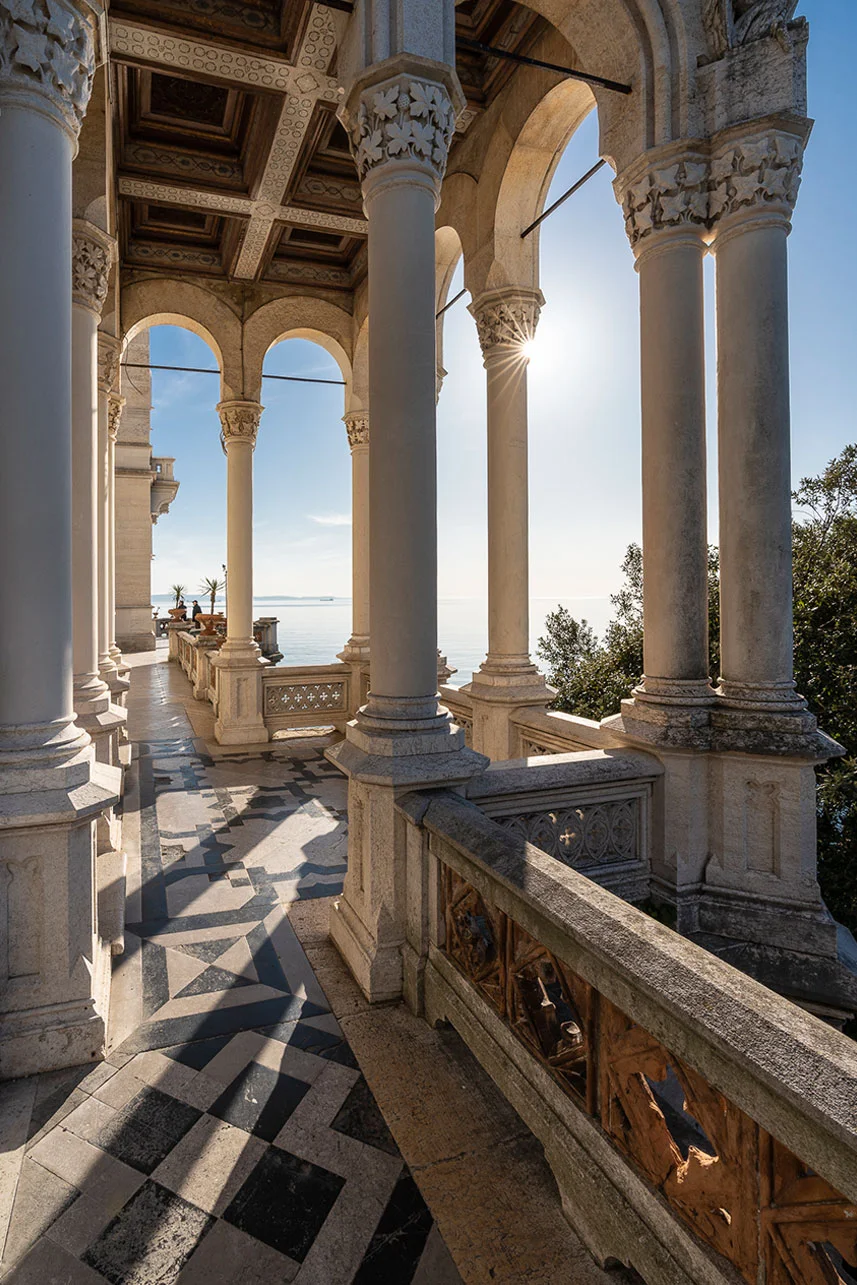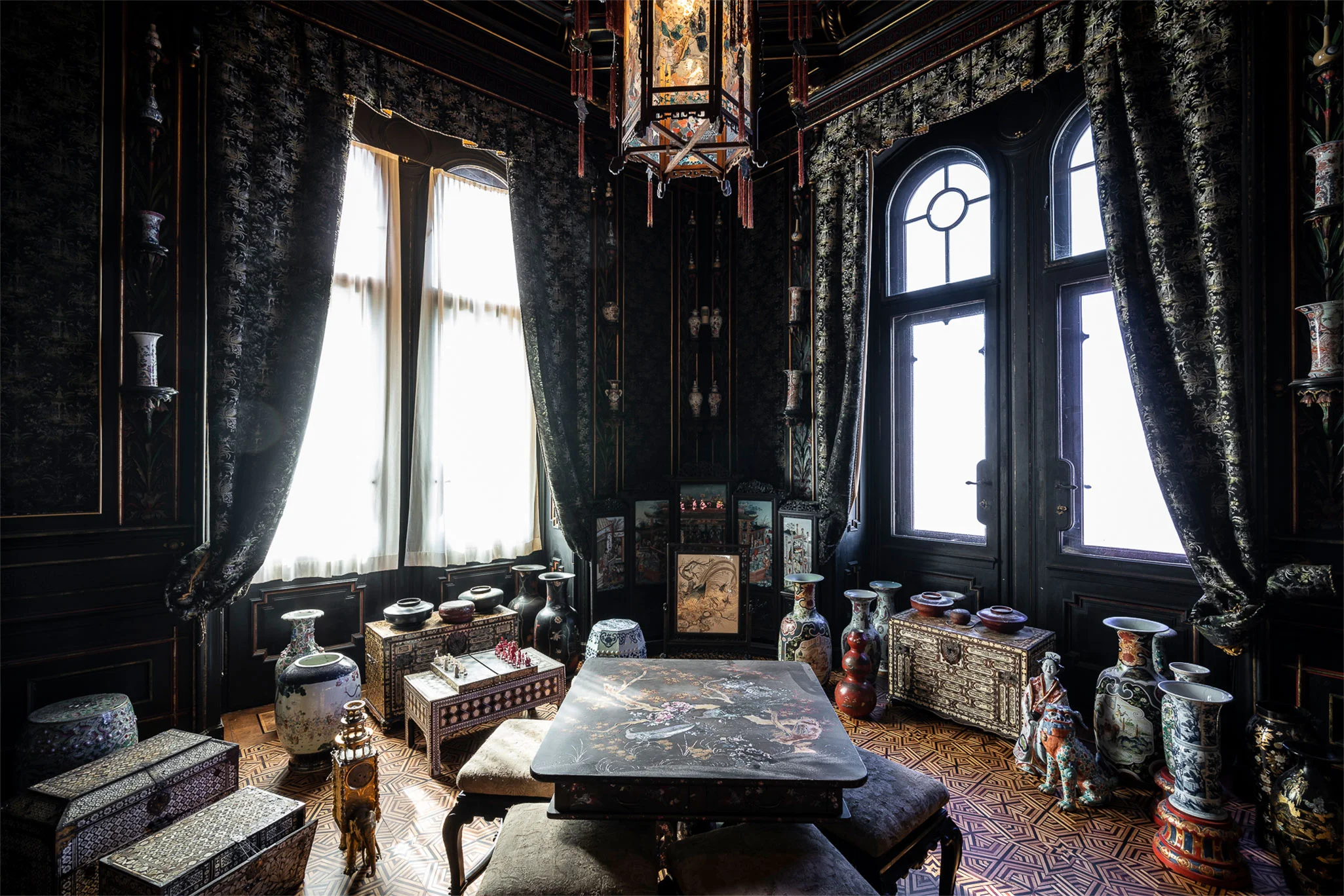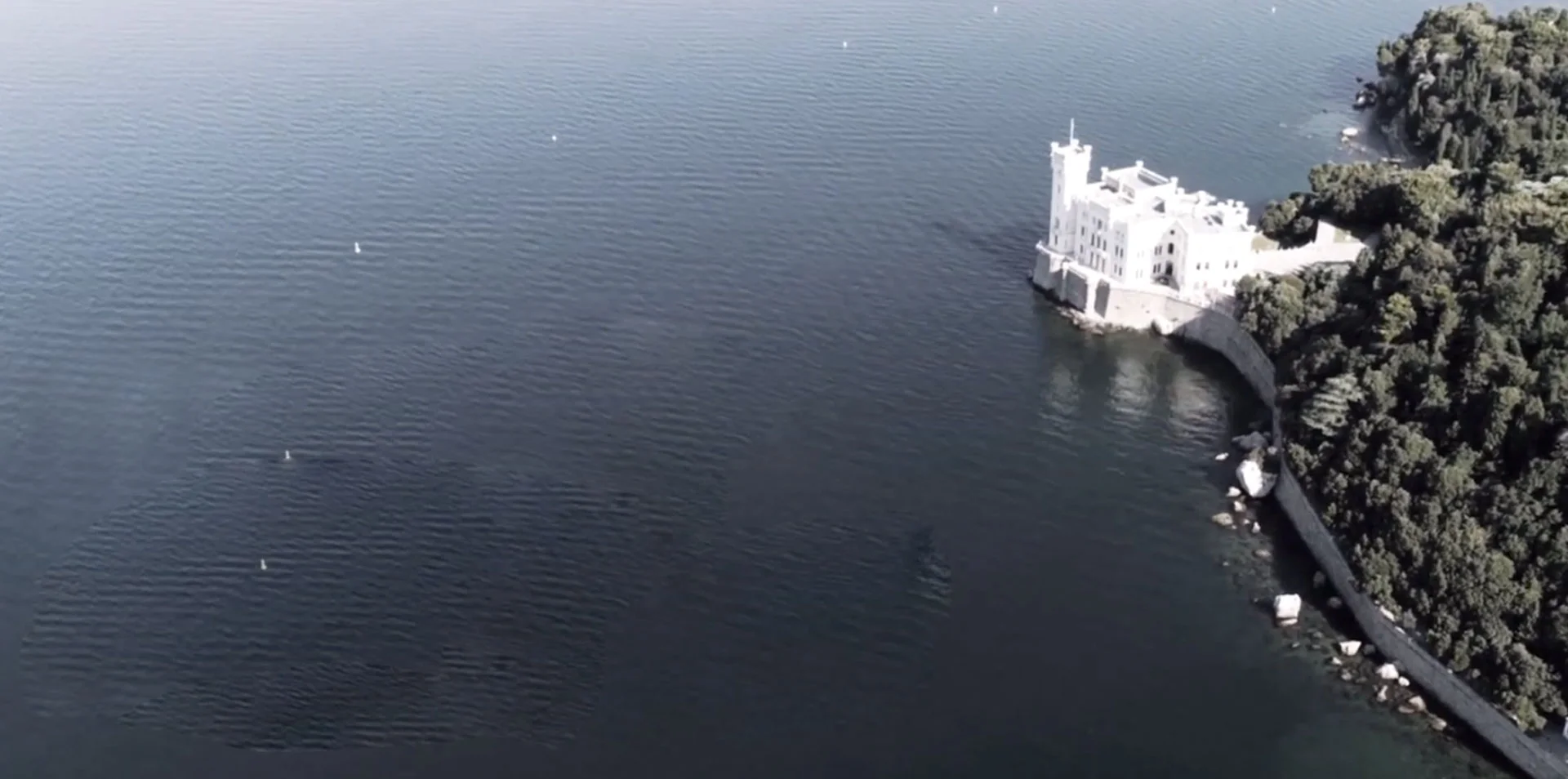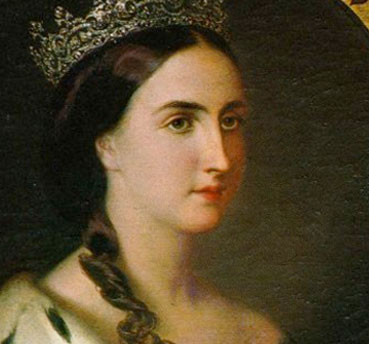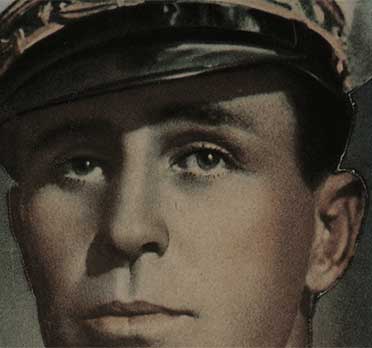A lover of the sea and with a desire to discover faraway places, on 2 September 1850, Maximilian and Karl Ludwig, his younger brother, embarked in Trieste for their first voyage to Greece, Turkey and Dalmatia.
Upon his return, on 26 October 1850, he enlisted in the Austrian Navy, confirming his vocation, already during his first cruise in 1851, as a modern, curious and systematic traveller, and quickly became a petty officer of a frigate and, in 1853, a corvette captain and commander of the ship Minerva.
On 27 February 1853, he decided to build a church in Vienna (Votivkirche) as a votive offering for the failure of Johann Libenyi’s assassination attempt against Franz Joseph.
He engaged in extensively reorganising and modernising the fleet and was appointed, on 10 September 1854, rear admiral and commander of the Austrian Navy.
Later, on 28 February 1857, Emperor Franz Joseph appointed him governor-general of the Kingdom of Lombardy-Venetia, in an attempt to reconcile the spirits of the Italian population with the post-1848 Hapsburg regime.
He met Charlotte at a court ball in Belgium. He would later marry her in Brussels on 27 July 1857.
On 20 April 1859, he left his post as governor of Lombardy-Venetia and moved to Trieste, where he designed the Miramare complex, which bears witness to his multifaceted and curious spirit and manifold interests.
In November 1859 he set off on a trip to Brazil and purchased the Dalmatian island of Lacroma near Dubrovnik with the intention of restoring the existing abbey there.
In 1863 he received a delegation of Mexican notables, headed by Gutiérrez de Estrada, at the castle in Miramare. They had come to offer him the crown of Mexico at the initiative of Napoleon III. Maximilian ascended the throne as Maximilian I of Mexico.
On 9 April 1864, before Franz Joseph, Maximilian renounced his hereditary rights to the house of Austria. A few days later, he left, together with Charlotte, from Miramare for Mexico, where he would arrive on May 28th. Awaiting him was a country wracked by civil war and in a much more difficult political situation than expected.
In June 1867, the support of French troops having failed, Maximilian was captured in Querétaro by Benito Juárez’s forces. On June 19th, he was shot dead at the age of 35.
On 18 January 1868, the ship Novara landed in Trieste with Maximilian’s body, which was to be buried in Vienna in the Capuchin crypt.
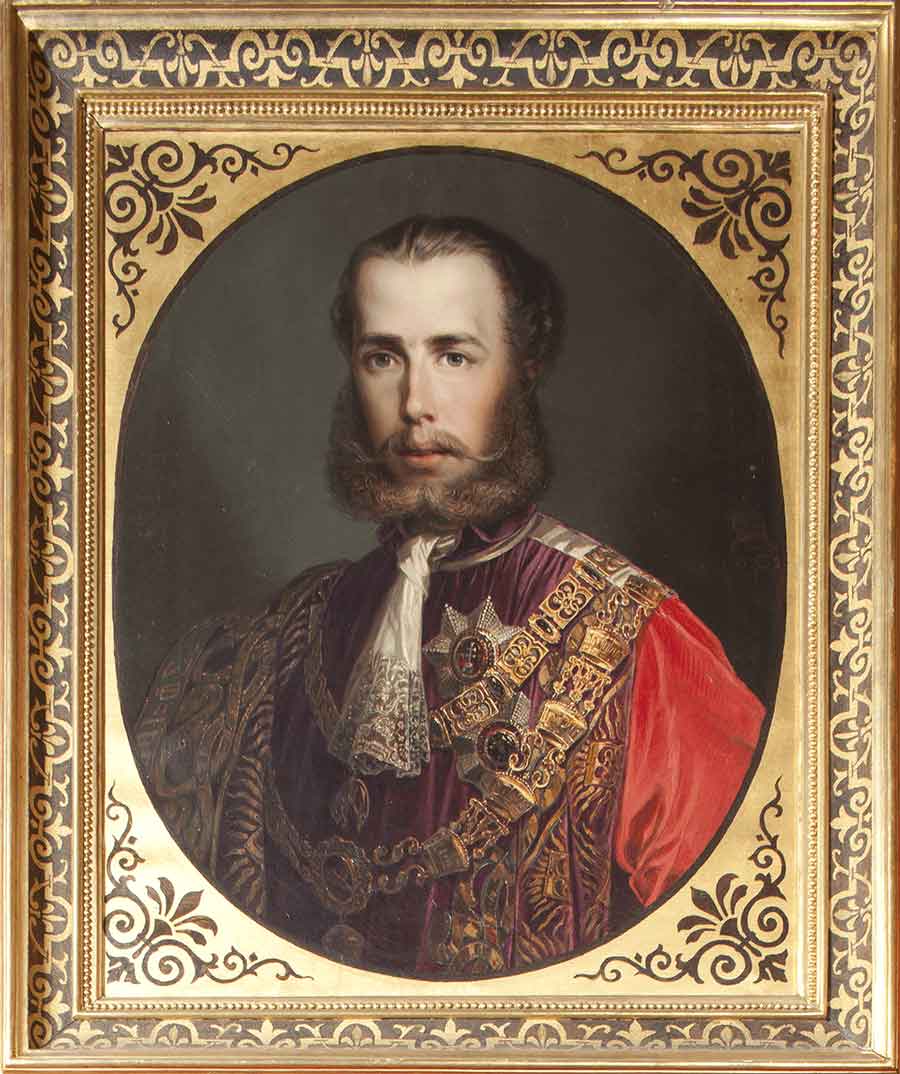
MAXIMILIAN OF HABSBURG
1832 – 6 JULY
Ferdinand Maximilian of Habsburg-Lorraine, archduke of Austria and imperial prince, second son of Archduke Franz Karl and Archduchess Sophie, princess of Wittelsbach, was born at Schoenbrunn Palace near Vienna…
CHARLOTTE OF BELGIUM
1840 – 7 June
Princess Marie Charlotte of Saxe-Coburg-Gotha, the youngest and only female child of Leopold I, King of Belgium, and his second wife Louise Marie of Orléans, was born in Laeken…
MIRAMARE AFTER MAXIMILIAN
AMEDEO OF SAVOY
In 1930, the Italian government designated Miramare Castle as the residence of Duke Amedeo of Savoy-Aosta. Alberto Riccoboni, architect of the Regia Soprintendenza alle Belle Arti (Italian Royal Superintendency of Fine Arts) supervised the project for the architectural renovation of the castle…
THE CASTLE
The Castello di Miramare is an elegant ivory-white building that stands on the tip of the karst promontory of Grignano, 10 km from the city of Trieste…
THE PARK
The Park of Miramare is the result of the challenging work conducted over many years by Maximilian of Habsburg on the karst promontory of Grignano…

